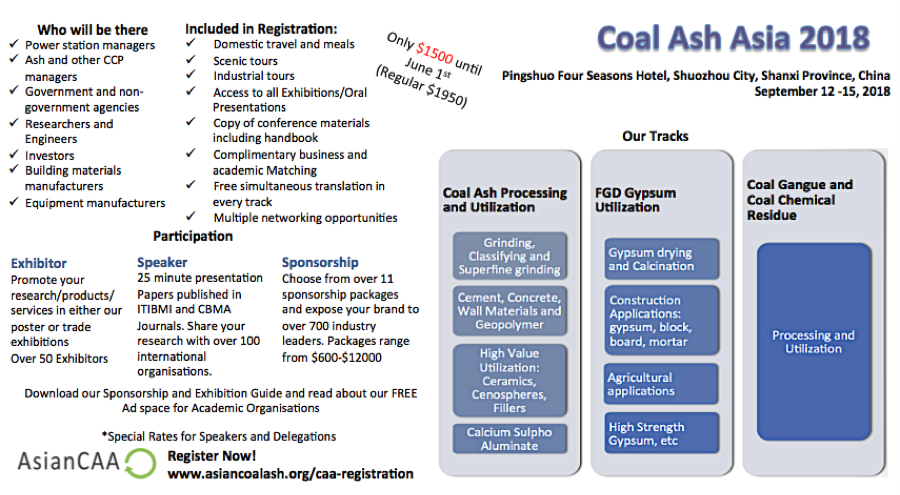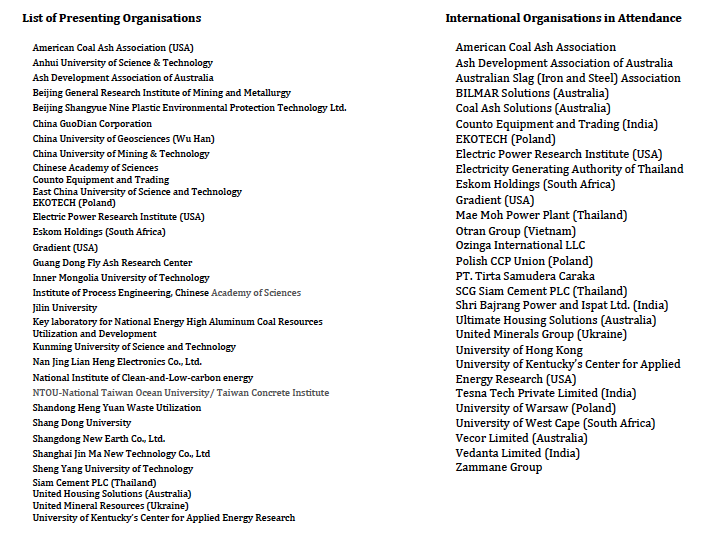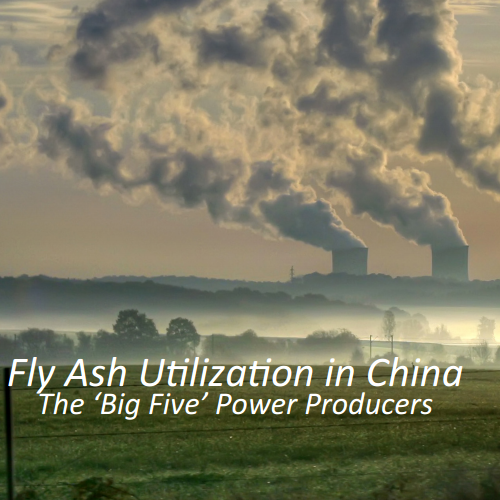As industry professionals explore options of what events to attend in 2017, AsianCAA has put together a top 10 list of what is important to consider when choosing a conference, to ensure the best possible “bang for your buck”. From trade shows to conclaves and summits, all of these platforms share the following simple, but critical components. Depending on the needs of the individual, some features are more important than others. Based on aspects such as commercial vs. academic interests, producer vs consumer positions, choosing the right industry conference for your needs is crucial.
1. Content
Arguably, the most important aspect of any industry conference. People choose events based on their specific interests. Whether buying, selling or knowledge sharing, people like to come away from an event having gained knowledge and or relationships. Having the best content not only brings top industry professionals, it gives merit and shapes the reputation of a conference.
2. Opportunities for Networking
Networking is the reason for the season at most conferences. People go to conferences toshare and gain knowledge regarding research or products and services. Creating as many possible opportunities to network will create value for you and your attendees. Activities such as group outings, cocktail hours and open discussions will increase these opportunities and take the pressure off of your attendees to create their own introductions or platforms for discussions.
3. Venue
Choice of venue is a key component for any conference, big or small. Open spaces allow for people to congregate more easily and networking will happen more organically. Also make sure there are private meeting areas for more formal meetings to take place. Attending an event in a city where the topic matter is relevant will always bring meaningful and active participation.
Accessibility from the airport for international events and adequate parking and shuttles for local events is another way to ensure you make the most of your time with what matters. Make sure there is exceptional lodging close to or at the location where the conference will be taking place.
4. Size
“The bigger the better” doesn’t apply to the conference world. Size is very important to consider when choosing or planning an event. Conferences are planned based on who they want to attract. Some large industry conferences would not be effective if they were broken down into smaller events, as the topic matter is more beneficial to have it all under one roof. That being said, smaller events have an easier time at creating a sense of community and allowing freer flowing discussion. It also allows for scalability if you are a new event. Starting big creates risks of not being able to meet expectations and appearing unorganized.
5. User Friendly and Accessible
Conferences with accessible content and venue create a comfortable environment for attendees. You want to leave feeling that they got the most possible value for their money. An easily readable itinerary and conference program help you find where you should be and when to be there. Signs and conference area layout maps are key when attending or planning larger events. Organisers want to make sure every aspect of their event is being utilized and therefore, having a user-friendly, organized system is vital. This feature is key to how people perceive a conference and inevitably how they enjoy it.
6. Variety
This applies to content as well as activities and mediums for discussion. If a conference is all one method of information sharing (oral presentations, seminars, industry tours), it may not create the exclusivity needed to appeal to a wide selection of people, and may get repetitive. Also, if an event is directed at too niche of a topic, some people may be discouraged at sharing research or product knowledge as there may already be too much competition to make these individuals unique. Be sure to make sure you see where you fit in at a conference and in how many ways your reason for being there can be capitalized.
7. Open Discussion
Conferences which focus too much on “single direction knowledge flow” such as purely seminar or oral presentation based tracks lose the benefit of having open discussions regarding content. This also effects people’s ability to speak face to face and ask questions in real time. Adding a question and answer portion and networking opportunities strengthens rapport between attendees and the overall experience.
8. Contact person/people
Whether this is a general help desk or a specific person/people that can be contacted at any point during the conference for questions or clarity on conference proceedings. This creates value through allowing conferences to gain expertise about what works and doesn’t work, as well as ease the minds of conference attendees who might not be use to the specific platforms.
9. Timing
You choose your events based on what makes more sense personally and for your organisation. A badly timed conference can alienate key demographics for your event. For the western world, end or beginning of the school year and Christmas season from December to January are not good times to host or attend events in that area. In the east (China for example), there are two times of the year which are inconvenient for business travel and events, Chinese New Year (usually January or February each year) and Golden Week (beginning of October). Remember to check calendars if you have a country of focus to attend before setting a date. People looking for events can check holiday and event calendars and choose what is best for their schedules.
10. Follow up/ Nurturing- Post event
Following up with attendees post event extends the relationship between attendees and event organisers. Nurturing helps gain feedback and create potential for suggestions of future conferences that may interest the attendee. When people feel like their time and effort to attend an event is valued, they will look forward to and perhaps even promote the event to others in the industry. When you find a product that you really love, you tell your friends. This should be the goal of every conference. Make sure you choose a conference that values customer feedback.



